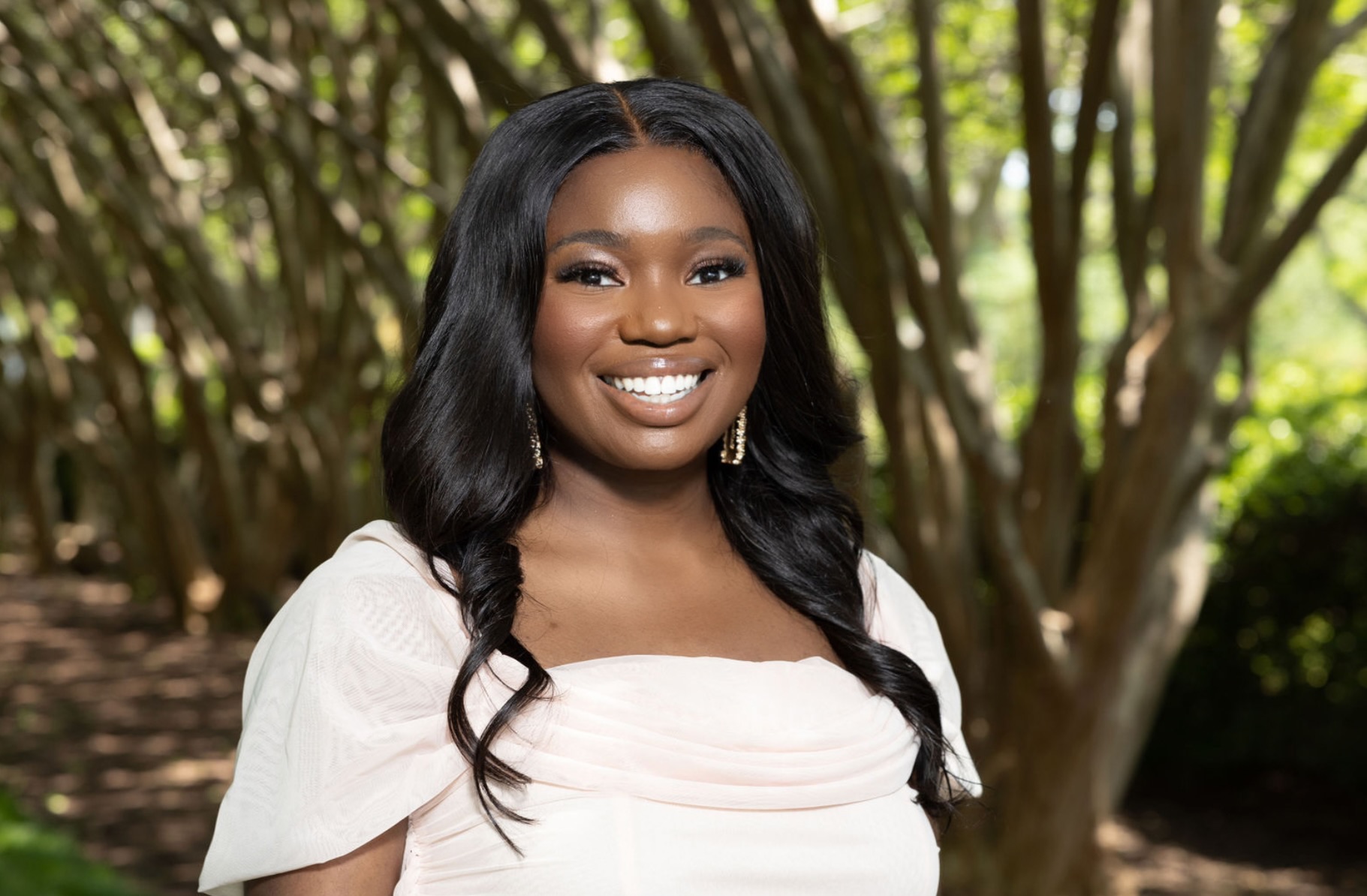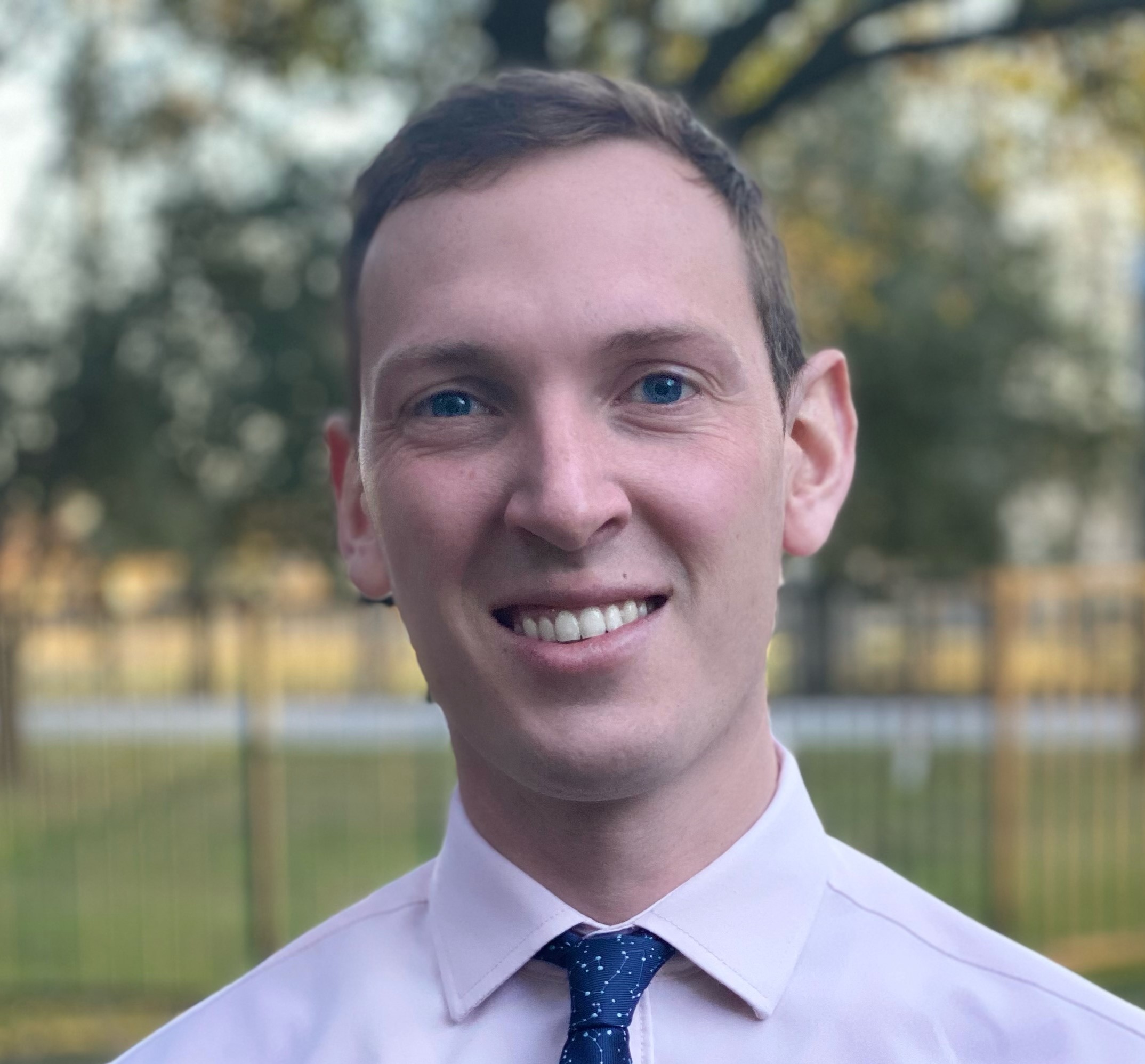Child / Adolescent - Anxiety
Exploring clinical subtypes in youth with misophonia: A cluster analytic approach
(PS5-31) Exploring Clinical Subtypes in Youth with Misophonia: A Cluster Analytic Approach
- GA
Gabrielle Armstrong, B.A.
Graduate Student
University of Mississippi
Tupelo, Mississippi, United States - SS
Sarah J. Sadek, B.A.
Research Coordinator
Baylor College of Medicine
Katy, Texas, United States 
Ogechi Onyeka, Ph.D.
Postdoctoral Associate
Baylor College of Medicine
Houston, Texas, United States- ES
Eric A. Storch, Ph.D.
Professor and Vice Chair of Psychology
Baylor College of Medicine
Houston, Texas, United States 
Andrew G. Guzick, Ph.D. (he/him/his)
Assistant Professor
University of Pennsylvania
Philadelphia, Pennsylvania, United States
Author(s)
Co-Author(s)
Misophonia is a condition characterized by intense intolerance to specific auditory stimuli. Although its diagnostic traits are heterogeneous, individuals with misophonia share key phenotypic features, including reactions to specific sounds that result in emotional distress and/or behavioral and physiological responses. Studies concerning misophonia and its presentation have increased in the last two decades and much of what is known is delineated by case studies and observational reports; a theoretical model is unclear, especially in youth. While extant literature suggests that misophonia can present as a stand-alone condition, others indicate that the misophonic clinical profile often consists of co-occurring psychological and neurophysiological phenomena. The challenges in accurately capturing its clinical profile(s), may suggest the occurrence of distinct subtypes. Moreover, while some studies have explored distinct profiles of misophonia in adults within community samples, few have done so with clinical samples and none with youth. Therefore, the proposed study aims to explore the presence of clinical subtypes of misophonia within a sample of youth.
Data was collected from a sample of youth meeting the clinical threshold for misophonia (N = 102; Mage = 13.71). Validated assessments of misophonia severity, misophonia impact, internalizing/externalizing symptoms, and sensory sensitivity were administered in light of prior studies demonstrating their respective associations with misophonia symptom severity. Moreover, demographic characteristics and a validated assessment of quality of life were compared across each cluster group. Hierarchical agglomerative cluster analysis using Ward’s linkage method was conducted to examine natural groupings across the five variables to identify similar response patterns across individuals. Upon review of the agglomerative schedule, a three-cluster solution was deemed to be the appropriate number of clusters. A k-means cluster analysis was also conducted to validate cluster membership from the previous analysis.
A three-cluster group solution demonstrated a low symptom severity, pure misophonia group (N = 37), a high internalizing, high sensory sensitivity group (N = 23), and a high externalizing, high severity group (N = 23). While groups did not differ significantly by gender, there was a statistically significant difference by age, where youth in the low severity, pure misophonia group were the youngest (Mage = 12.51). Moreover, there was a statistically significant difference in child-reported quality of life, where youth in the low severity, pure misophonia group reported the highest levels of quality of life, F (2,99) = 27.43, p < .001
Results demonstrate the potential dimensionality of misophonia where subtypes may illustrate clinical profiles characterized by comorbidity and severity. These findings highlight the need for thorough assessment of comorbid presentations as well as an individualized approach to treatment depending on the subtype. The critical need for more nuanced tailoring of evidence-based practice interventions will allow for improvements in emotional and behavioral well-being and cultivate better support systems for misophonic youth.

.png)
